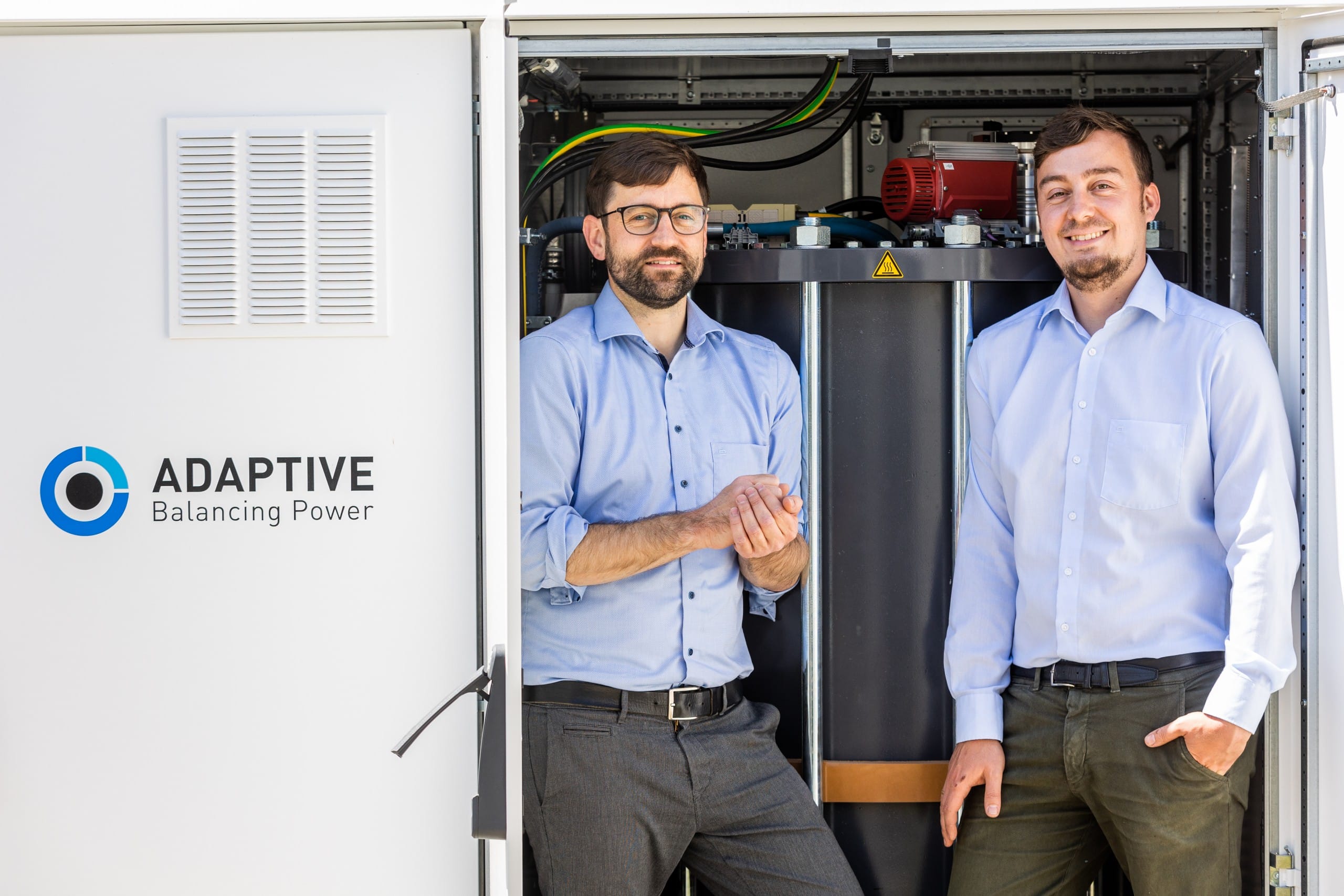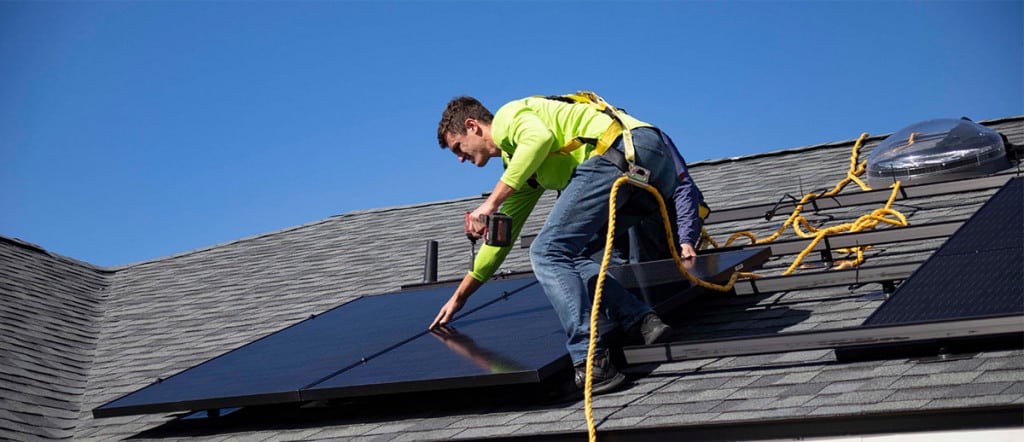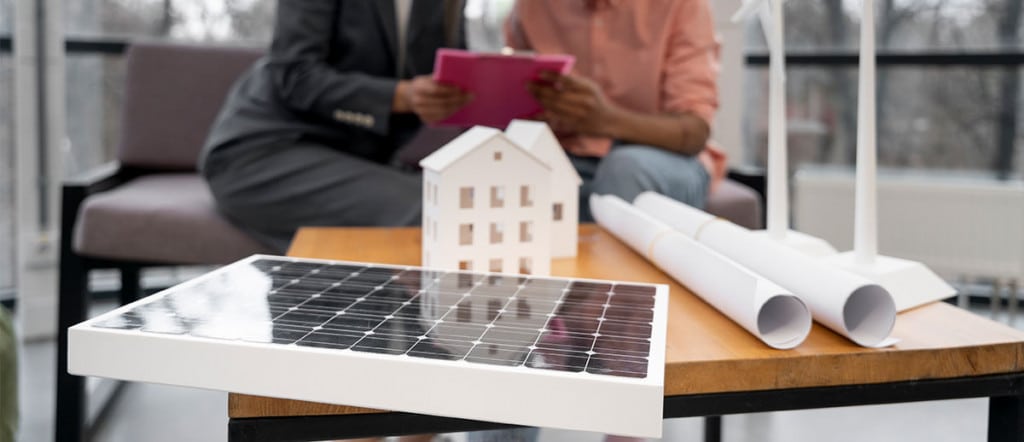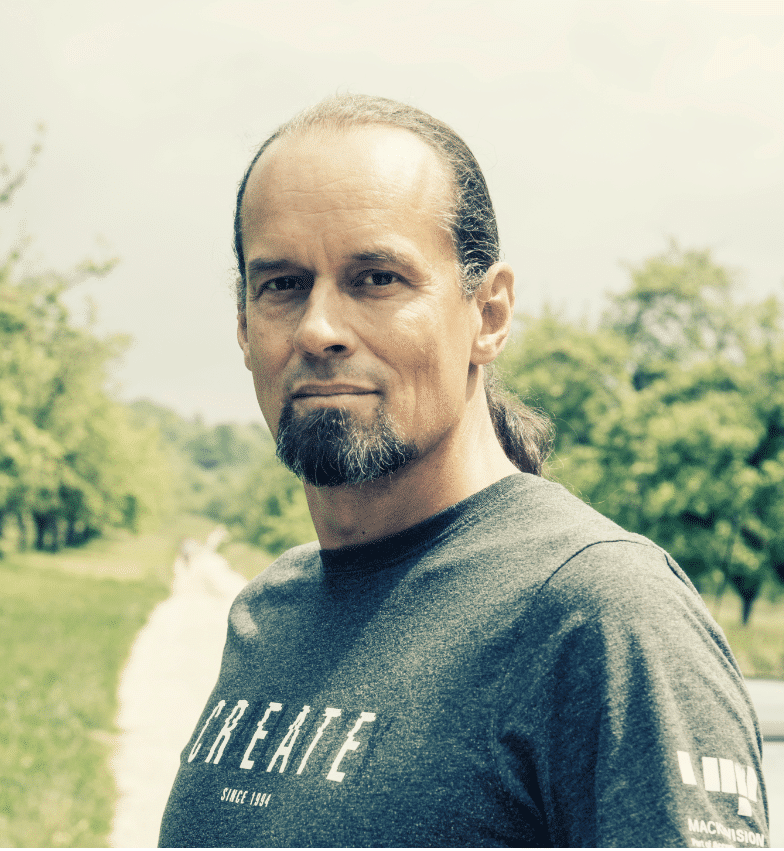Adaptive
Balancing
The interview with Dr. Hendrik Schaede-Bodenschatz, founder of Adaptive Balancing Power GmbH in Darmstadt, is a success story that needs to be told and heard. From the inspiration after an observation, to the stringent development of the complex product, to the launch of the powerful energy storage units, the aim here is to outline that engagement and technological striving can lead to an ecological nimbus.
About eight years before the founding of Adaptive Balancing, you were already looking more closely at flywheel energy storage technology. In 2012, the first commercially viable flywheel energy storage system was launched. How would you describe the first steps in this development?
In fact, and this may sound curious, it all began with a white sheet of paper. But the designs that emerged on it were not just the theoretical foundation of a fourth-generation flywheel mass storage system. They also showed that the theory could become a tangible reality. Quite in contrast to the NASA, which had previously tackled the same subject but remained unsuccessful in practice, as we learned later. You can imagine that such a realization gives you an additional boost of motivation, so we continued to work on it very inspired.
Besides idealism, an essential part is the business vision. From today’s perspective, what ist an concrete example for the basis for implementing the idea? We’re talking about practical uses.
We recognized the greatness of the high-performance energy storage system — literally. Let’s take the example of a car fleet, commercial vehicles such as trucks, or buses for public transport. In these areas, there is an immense demand for high charging power several times a day or often simultaneously. To meet this demand, energy storage systems are required that can transfer a lot of energy in the shortest possible time. Even one stop of a metro bus at a station can be used effectively to provide long-range “refueling”. If they’re strategically placed, several charging stations can thus ensure that the range of a bus is multiplied. In this way, we can use smaller batteries in the buses, save a lot of money and increase sustainability.
The fact that an energy turnaround is becoming necessary is not a phenomenon of modern times. However, the pace toward energies for mobility has increased rapidly, and the demand for short charging times and choice of charging stations in urban and rural areas is also creating a paradigm shift. Do you agree here, or would you put it more precisely?
I would sum it up in a few words: Having energy and power in the right place at the right time. Because that is essential if e‑mobility is to become more attractive. However, it must also be emphasized that ecological as well as economic aspects are of central importance here. Convincing performance thus comes into focus, just like the sustainability or the life cycle of an energy storage system. Our Flywheel energy storage systems have an efficiency of around 92 percent, which puts them at the forefront of this segment.











